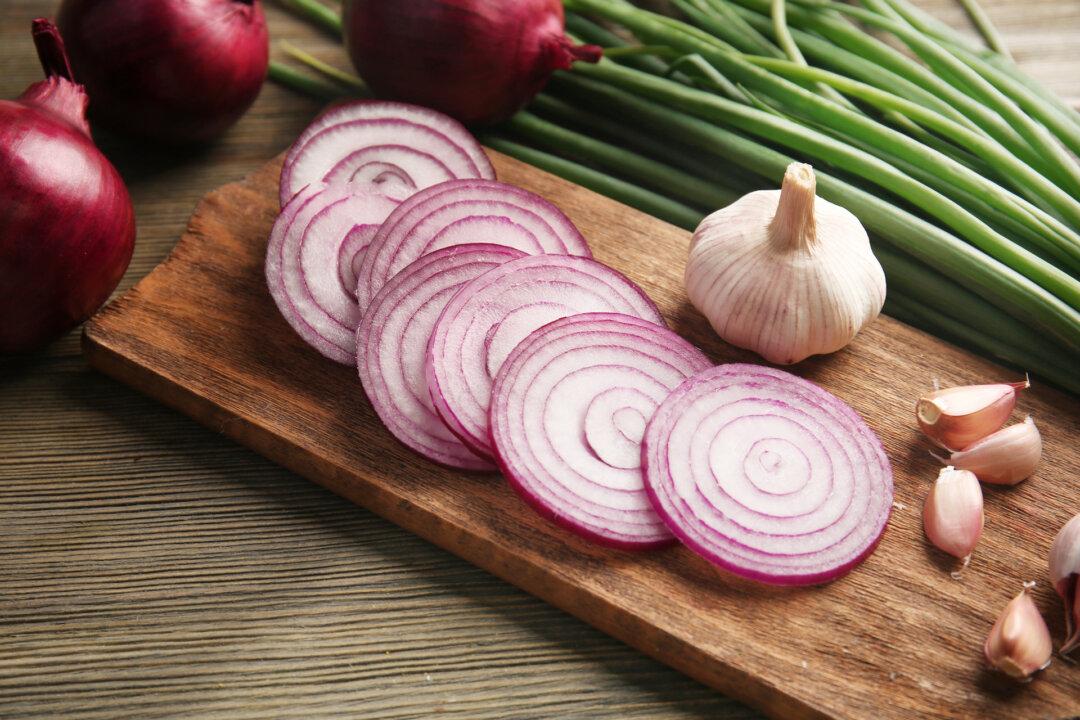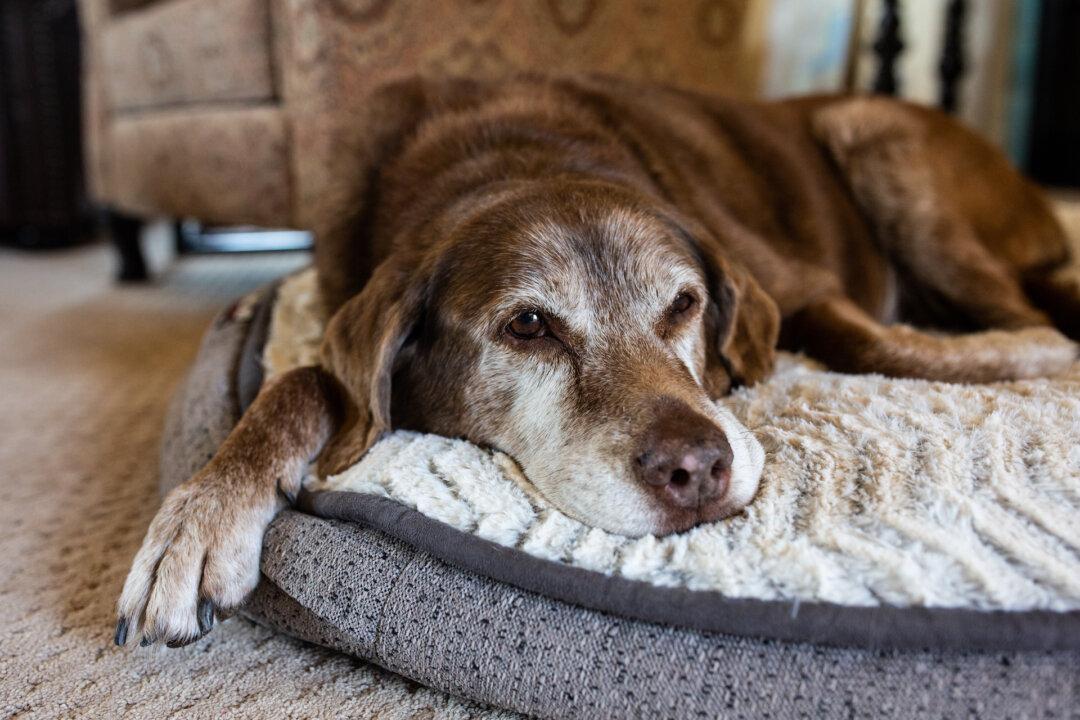Unfortunately, these conditions predispose pets to disease, diminish quality of life, and shorten life span.
Weight increases soon after spay-neuter surgery. Within six months, 21 percent of cats are overweight, and by two years, so are 52 percent of dogs.
The usual method of spaying a female cat or dog is to remove her ovaries and uterus. Similarly, male cats and dogs are neutered by removing the testicles.
Ovaries and testicles secrete reproductive hormones that play a big role in three aspects of pets’ physiology: metabolism, appetite, and activity.
After spay-neuter surgery, metabolic rate decreases. Cats require 24 percent fewer calories to maintain their body weight, and a dog’s caloric requirement decreases 30 percent after sterilization surgery.
Sex hormones keep appetite in check, and after sterilization surgery, appetite increases. In addition, activity decreases 60 percent after spay-neuter surgery in cats.
Regular readers know that overweight and obese cats and dogs are at increased risk for many diseases. Families with overweight pets also spend more money than necessary for food, therapeutic medications, and flea, tick, and heartworm preventives, because drug doses are based on weight.
Consult your veterinarian about your pets’ weight. Remember the effects of sterilization on metabolic rate, appetite, and activity, and consider a high-protein, high-fiber diet. Protein builds muscle, which burns more calories than fat. Both protein and fiber promote satiety, and fiber decreases the caloric density of the diet.
On the other hand, canned food is 75 percent water, and adequate fluid intake is important for preventing dehydration and maintaining the health of the entire body. Eating canned food also makes it easier for cats to maintain a healthy weight since it contains fewer calories per ounce than dry food.
In general, though, most veterinarians recommend that healthy cats eat a combination of dry and canned foods to gain the advantages of both.
Moreover, a cat that eats both dry and canned foods will more likely accept a therapeutic diet change if one is needed later in life. For example, if Chloe develops kidney or bladder disease, she will require additional water and therefore do better with canned food.





